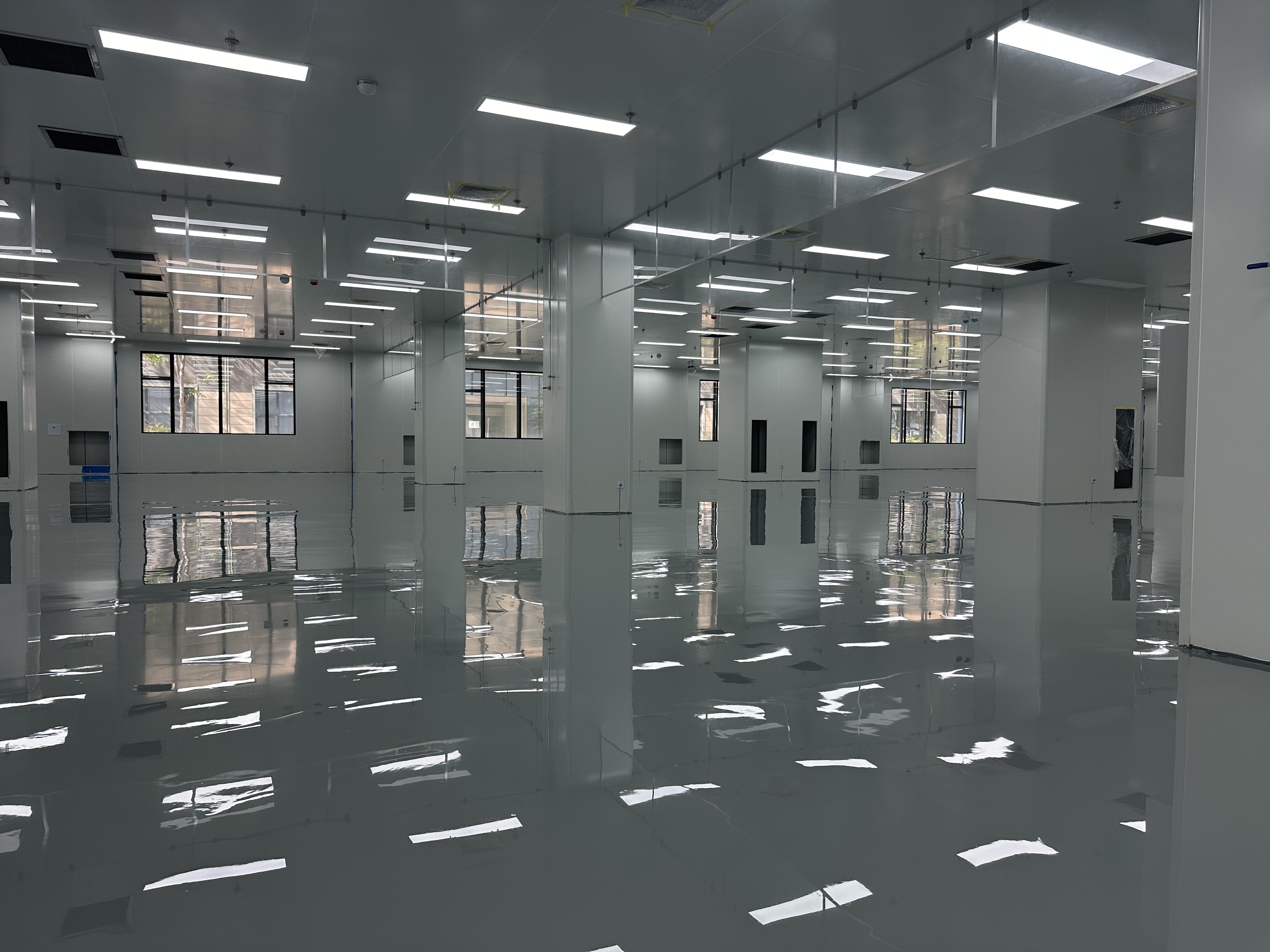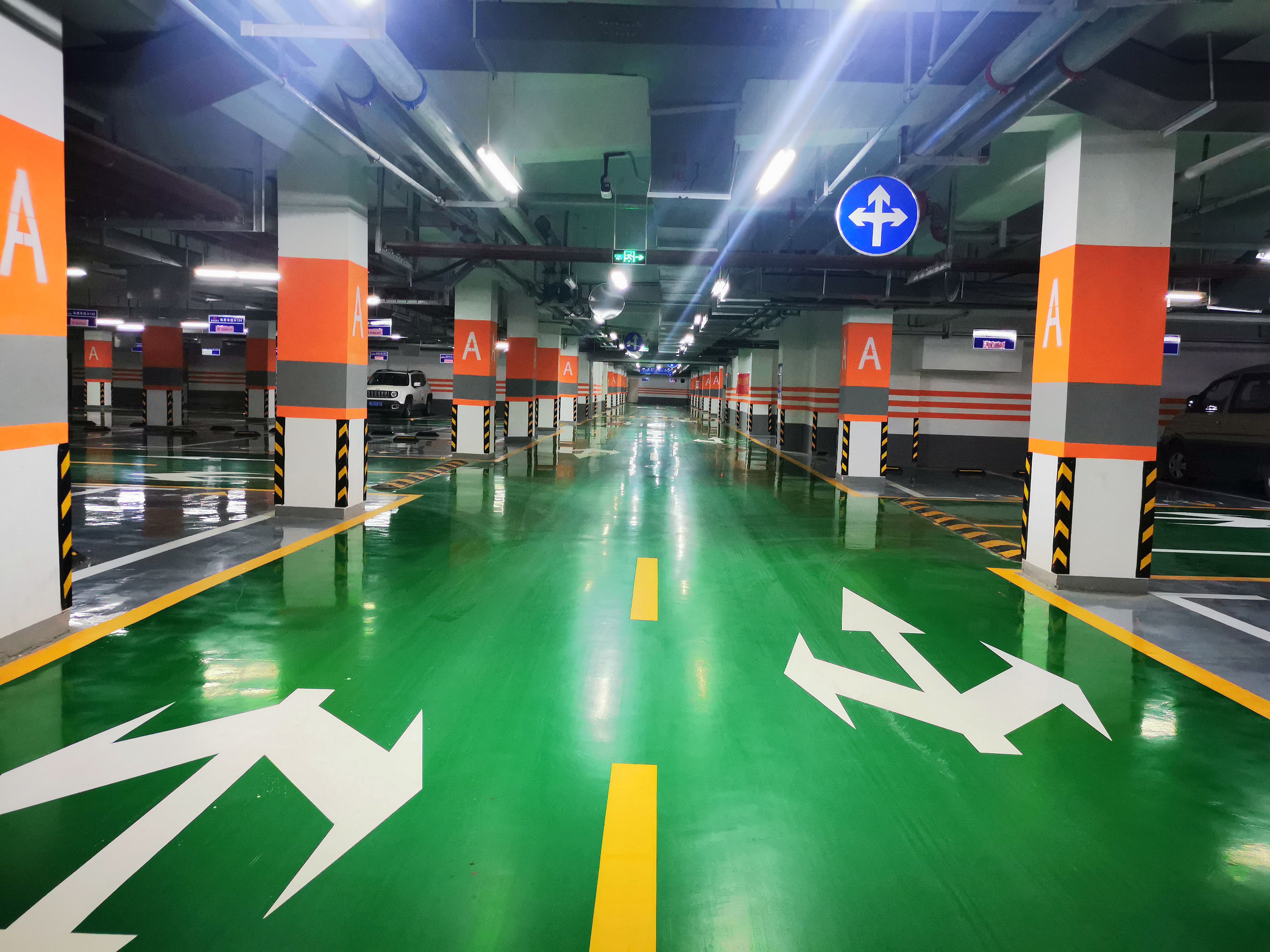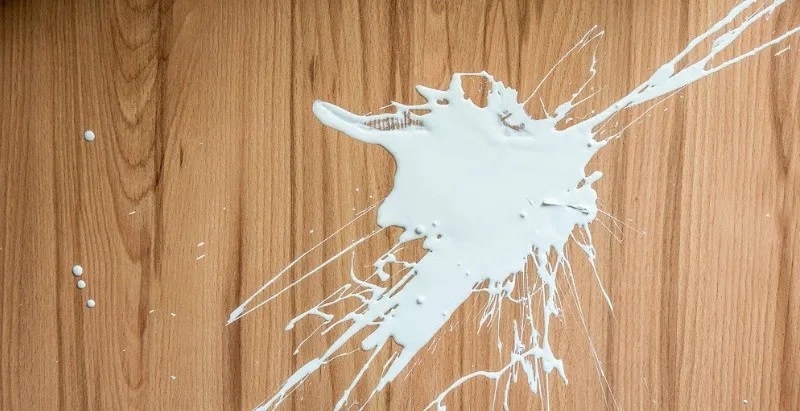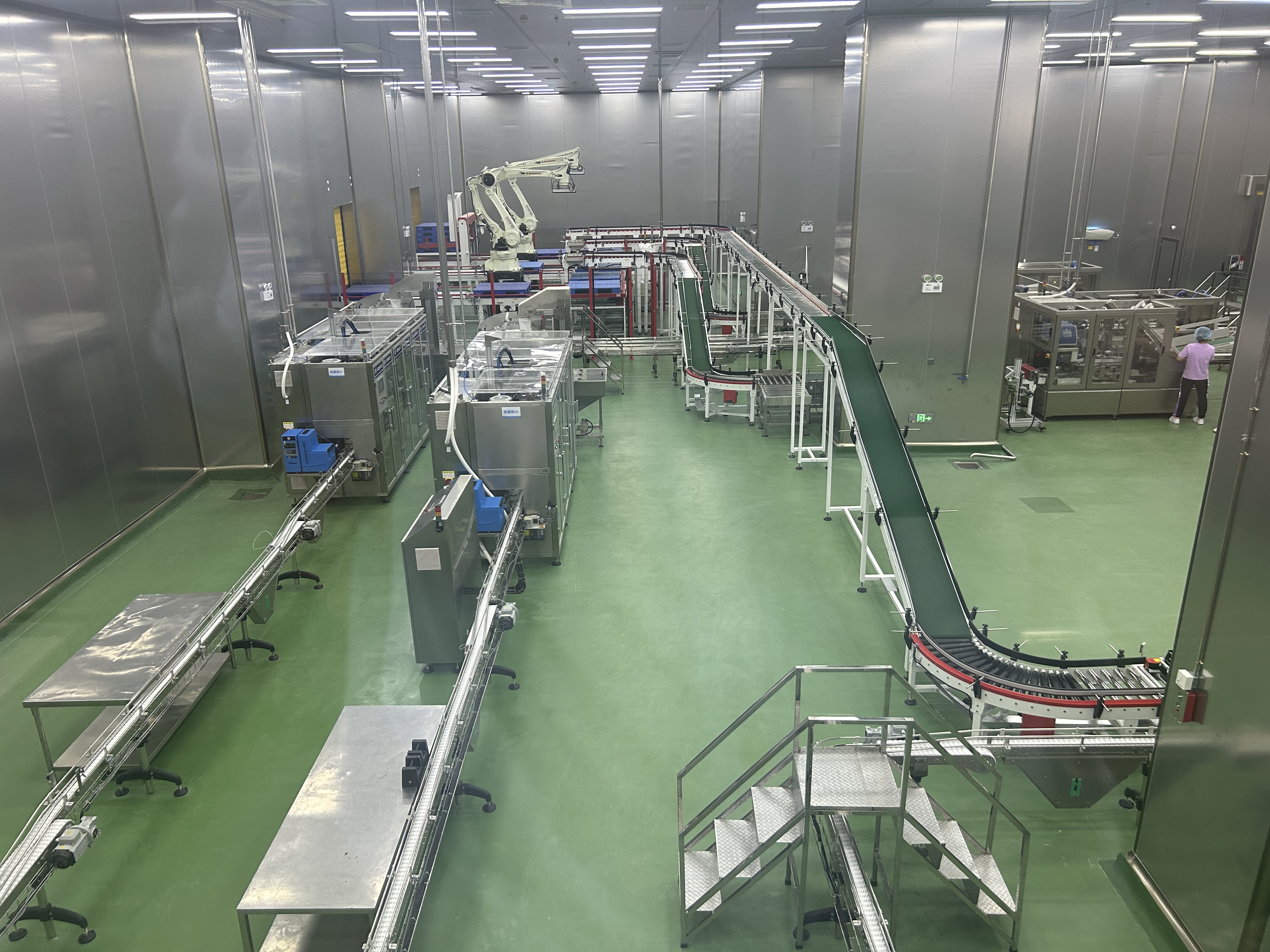What are the advantages of epoxy antistatic flooring?
In electrostatically sensitive industrial scenarios such as electronics and power distribution, epoxy anti-static flooring has become a key flooring solution for ensuring equipment safety and stable production, thanks to its targeted functional design. Different from ordinary epoxy floor paint, it endows the ground with conductive properties through special material ratios and construction processes, fundamentally addressing the hidden danger of electrostatic accumulation. The following is a comprehensive interpretation of epoxy anti-static flooring from four aspects: core principles, construction processes, precautions, and material composition.

1. Core Principle of Epoxy Anti-Static Flooring: The Key Logic of Electrostatic Protection
The core value of epoxy anti-static flooring lies in "electrostatic leakage". Its principle is to accurately add high-efficiency conductive materials (such as conductive carbon black, metal powder, etc.) to the basic formula of epoxy floor paint. These conductive materials form a continuous conductive path inside the coating. When static charges are generated on the ground, the charges can be quickly leaked to the grounding system through the conductive path, preventing static charges from accumulating on the ground or equipment surfaces. This design can effectively protect sensitive equipment such as electronic chips and precision instruments from damage caused by electrostatic breakdown, while reducing safety risks caused by static electricity in flammable and explosive environments. It is a core alternative to ordinary floor paint in electrostatically sensitive places.
2. Construction Process of Epoxy Anti-Static Flooring: Every Step Affects Conductive Performance
The construction process of epoxy anti-static flooring is more complex than that of ordinary epoxy floor paint, and each link must be strictly controlled to ensure stable anti-static effects. The overall process includes five key steps: base treatment, primer construction, intermediate coating construction, conductive layer construction, and anti-static topcoat construction:
1. Base Treatment: Consistent with the construction requirements of ordinary floor paint, the base ground must first be polished smooth and cleaned thoroughly to remove oil stains, dust, and loose layers. At the same time, the base moisture content must be ≤ 6% and the compressive strength ≥ C25. If the base is uneven or defective, it will lead to uneven thickness of subsequent coatings and affect the continuity of the conductive path;
2. Primer Construction: A suitable epoxy primer material is selected and evenly applied to the base to seal the base and enhance adhesion. The primer must be completely cured to avoid residual moisture or impurities affecting the bonding between subsequent coatings and the base;
3. Intermediate Coating Construction: In the intermediate coating process, an appropriate amount of conductive filler must be added to the epoxy intermediate paint, and a uniformly thick intermediate coating is formed by troweling or rolling. The intermediate coating not only improves the overall strength of the ground but also builds a stable transition structure for the conductive layer and topcoat, ensuring the continuity of conductive performance;
4. Conductive Layer Construction: This is the core link for anti-static function. Special conductive coatings must be used, and construction is carried out by rolling or scraping. The conductive layer must ensure uniform thickness and effective connection with the grounding system to ensure that charges can be smoothly transmitted to the ground below;
5. Anti-Static Topcoat Construction: As the surface layer in direct contact with the outside world, the construction quality of the anti-static topcoat directly determines the final anti-static effect and appearance. Generally, self-leveling or rolling construction is adopted. The self-leveling process enables the topcoat to form a smoother and denser coating, avoiding the problem of "local non-conductivity" caused by uneven coating; rolling requires controlling the coating strength and direction to ensure no hollowing or missing coating. Regardless of the method used, the surface resistance value must be tested after the topcoat is cured to ensure it meets anti-static standards (generally requiring a surface resistance of 10^6 - 10^9 Ω).
3. Precautions for Epoxy Anti-Static Flooring: Key Considerations for Selection and Use
Although epoxy anti-static flooring has significant advantages in electrostatic protection, compared with ordinary epoxy floor paint, it also has some characteristics that need attention. The selection must be judged based on actual needs:
- Service Life: Affected by the properties of conductive materials, the overall service life of epoxy anti-static flooring is usually slightly shorter than that of ordinary epoxy floor paint, generally 8 - 15 years (ordinary epoxy floor paint can reach 10 - 20 years). If the use environment has high-frequency friction or chemical corrosion, the service life may be further shortened, and the maintenance cycle must be planned in advance;
- Appearance Effect: Due to the addition of conductive materials, the color options of epoxy anti-static flooring are relatively limited, and some conductive materials may affect the gloss of the coating. Its aesthetics are not as good as ordinary epoxy floor paint, which has rich colors and bright gloss. Therefore, in places with extremely high appearance requirements but low electrostatic risks (such as commercial exhibition halls), the priority of function and aesthetics must be balanced;
- Maintenance Requirements: During use, sharp objects should be avoided from scratching the coating. If the coating is damaged, it may cause the breakage of the local conductive path and affect the anti-static effect, so special repair materials must be used for timely repair; at the same time, strong corrosive cleaning agents should be avoided to prevent damage to the conductive layer structure.
4. Material Composition of Epoxy Anti-Static Floor Paint: The Core Guarantee of Performance
The performance of epoxy anti-static flooring depends on the quality and ratio of its material composition. It is a two-component floor paint product, mainly composed of three core components:
1. High-Grade Epoxy Resin: As the base material, high-grade epoxy resin can ensure that the coating has good adhesion, wear resistance, and chemical resistance. It is the basis for the stable performance of the floor paint and avoids coating shelling and peeling due to poor base material quality;
2. High-Efficiency Conductive Materials: As mentioned earlier, conductive materials (conductive carbon black, conductive fibers, metal powder, etc.) are the key to realizing the anti-static function. Their quality and uniform distribution directly determine the conductive capacity of the flooring—high-quality conductive materials can form a more stable conductive path to avoid "conductive failure"; uneven distribution may lead to excessive local resistance values and affect the protection effect;
3. High-Grade Pigments and Additives: Pigments determine the color and hiding power of the flooring, while additives can improve the leveling, defoaming, and curing speed of the coating, ensuring smooth construction, and at the same time enhancing the anti-aging and anti-yellowing properties of the coating to extend the service life of the flooring.
5. Application Scenarios and Summary of Epoxy Anti-Static FlooringComprehensively, epoxy anti-static flooring is an ideal flooring solution for electrostatically sensitive places, suitable for chip production workshops in electronics factories, semiconductor packaging workshops, power distribution rooms, data center computer rooms, and other places. In practical applications, three key points must be focused on: first, strictly select high-quality epoxy anti-static floor paint materials to ensure conductive performance and durability; second, follow standard construction processes, especially controlling the construction quality of the conductive layer and topcoat; third, do a good job in daily maintenance and timely repair coating damage. Only in this way can its anti-static function be fully exerted, and the safety of the place and the stability of equipment be guaranteed.
Link to this article:https://sprcoating.com/news/Advantages-of-epoxy-antistatic_124.html





